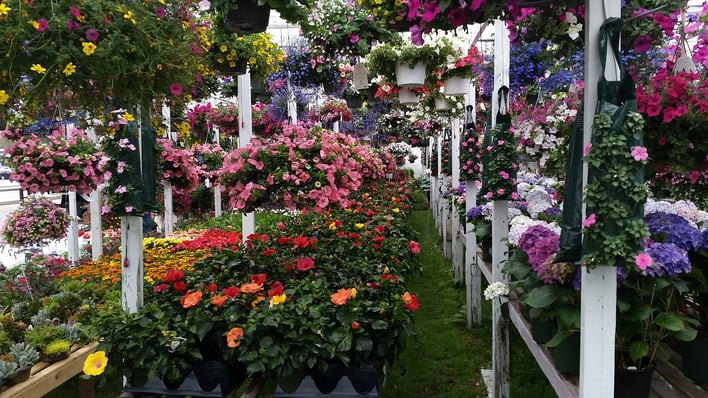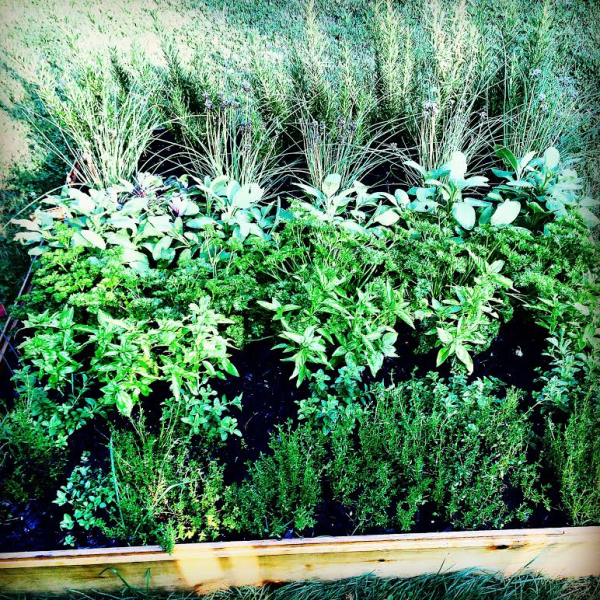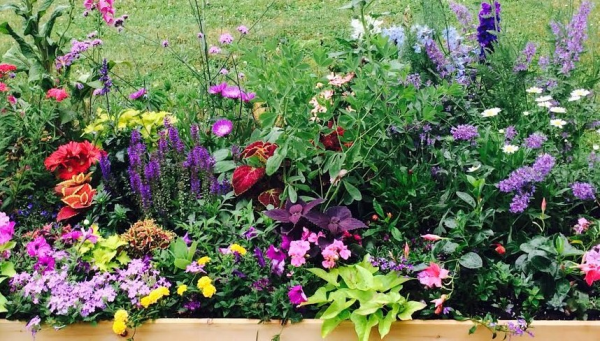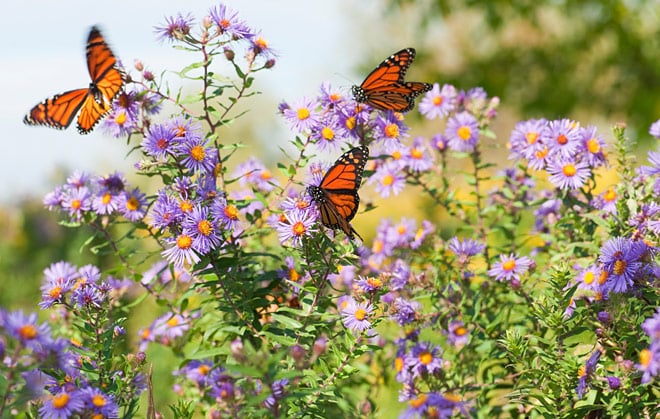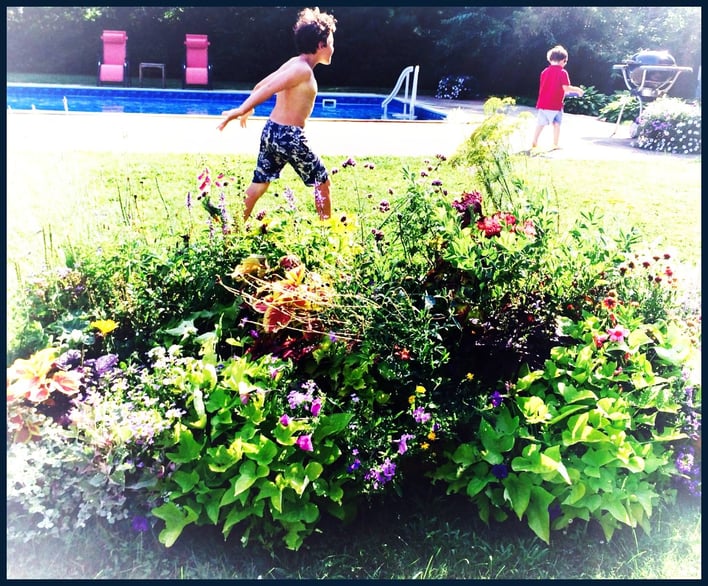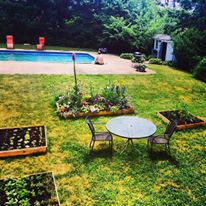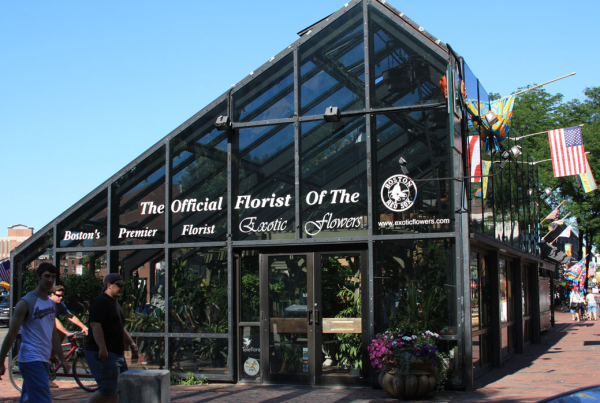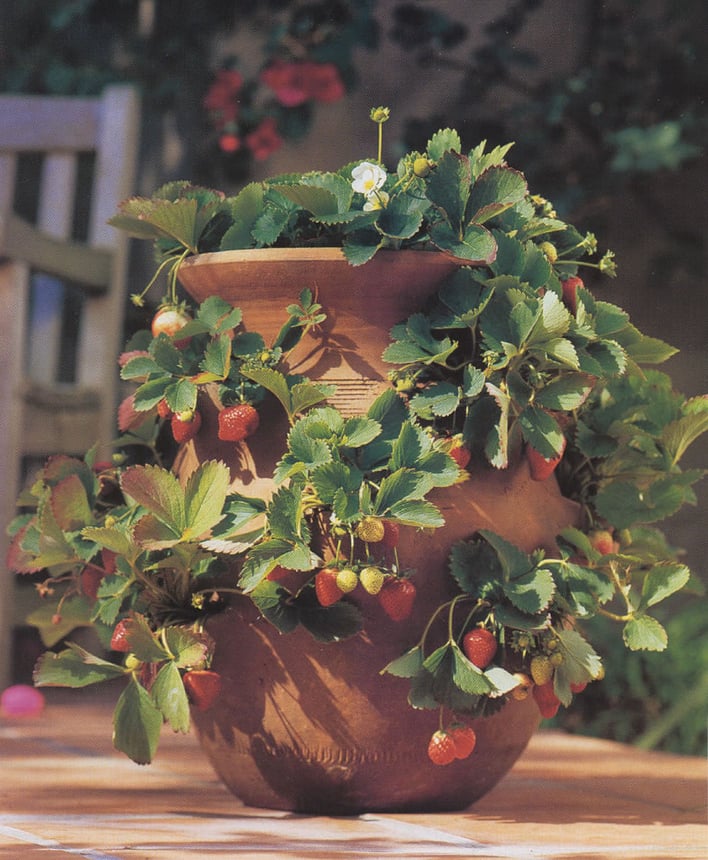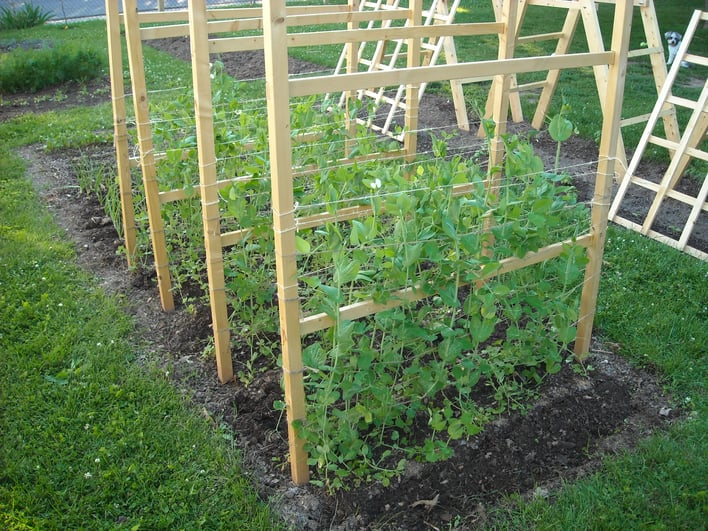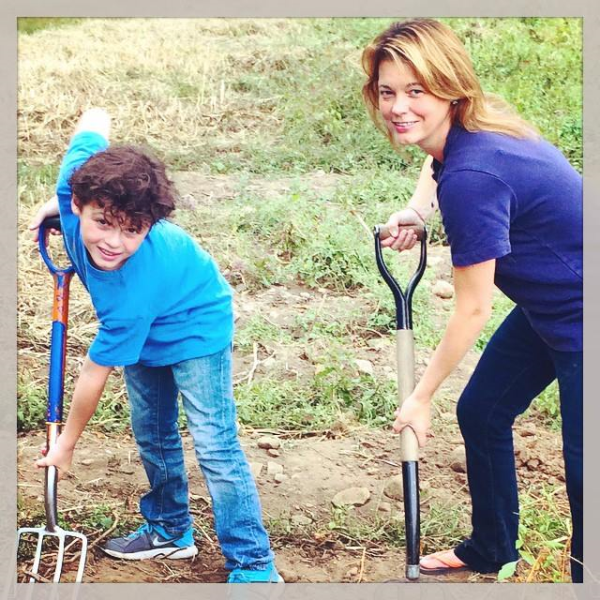Sometimes a garden can look pretty bleak when we begin to prepare for the summer season. There is no color, the soil looks as if its evaporated into thin air and the idea of ever seeing beautiful plants once again flourish seems like an impossibility. We all go through this in one way or another because if you’re a true New England gardener, you know that the winter is brutal on our beloved flower and vegetable beds. It will take a little time to get things back into tip top shape but I assure you, the task doesn’t have to be as taxing as we make it out to be. There are many ways that we can get the job done without having to spend months of our time breaking our backs or emptying our wallets. This is a list of several tips that will get your green thumb growing in no time so you can spend your summer days doing exactly what you want to do, playing in your gardens!

Tips to Shape Up Summer Gardens Fast
- You don’t always have to replace emptied raised beds with a ton of extra soil. Sometimes the earth just needs a good toss and till to infuse the dirt with life after the colder months have past by. Often freezing occurs which tricks the landscape into lying lower than it really is so pick up a shovel and do a little digging before you haul heavy bags of soil all over your lawn.
- Buy your seeds in advance from places like local hardware stores, Home Depot and Job Lot who often cut the prices once the summer has ended. You’ll be able to stock up early as well as save a pretty penny on all the deals that you’ll find.
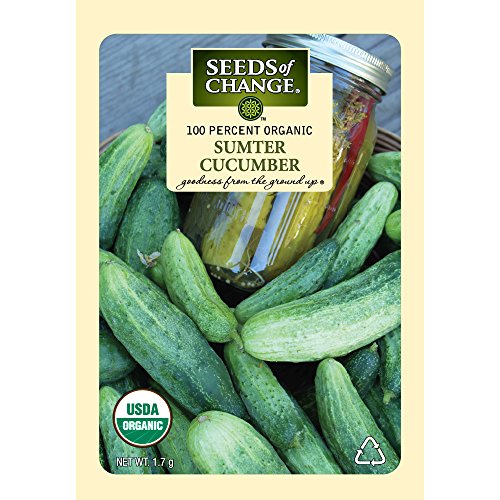
- Save old sheets and other fabric material that can be reused for purposes such as weed coverage or netting. Many varieties of plants need extra protection from unwanted animals and bugs and these items are extremely helpful. Labeled netting is often expensive and the supplies you may already have at home work just as well if not better so rummage through closets before you decide to buy anything.
- Save yourself the frustration of having to decipher what plant remnants are annuals and which are perennials by yanking out annuals as soon as the time has come to shut down your garden. It can be wasteful when you discard plants that are able to bloom again if only given the time to rejuvenate. If you really want to be economical, replant the annuals inside and see if you can weather them until the next summer! This is how many of the pros do it and how many plant heirlooms are passed down through generations of family.

